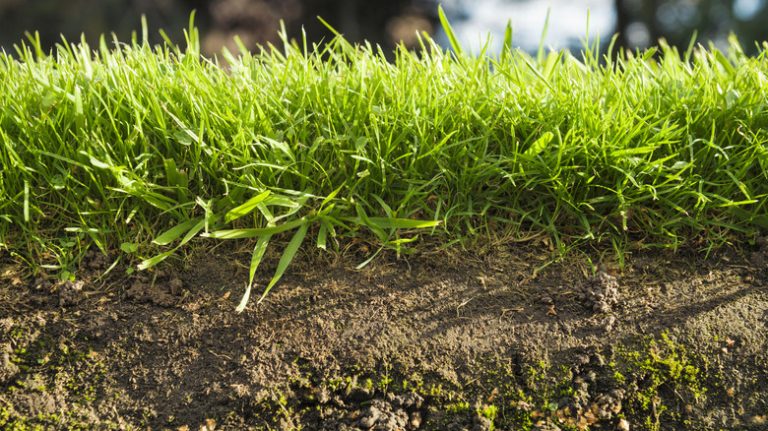It’s normal for homeowners to want to keep weeds out of their lawns and flower beds. Doing so creates great curb appeal, and can also prevent invasive plants from overtaking the yard. Goldenrod is often mistaken for ragweed and gets removed from the premises as soon as possible, but it’s actually one you’ll want to keep around. It has great benefits for your lawn and garden, and unlike ragweed, it won’t give you hay fever and make you sneeze.
That being said, there are a few goldenrod varieties that can become invasive if they’re given the space. Of the 120 species of this plant, Canada goldenrod, grass-leaved goldenrod, and giant goldenrod are all varieties that easily spread. These could certainly take over your yard if you let them grow at will, so it’s understandable why you might want to remove them. But, if you have a tamer variety or keep the unruly ones contained, goldenrod provides many benefits, which we’ll discuss below.
Goldenrod will attract pollinators to your garden

Goldenrod has a gorgeous display of golden yellow flowers that bloom from late summer through fall. These bright flowers draw in tons of beneficial insects and pollinators, including bees, butterflies, beetles, and wasps. (Not every wasp and beetle is bad news.) If you allow goldenrods to stay in your lawn and garden, you’re welcoming an entire ecosystem to make their home in your yard. They’ll help pollinate nearby flowers and plants. Flowers need pollinators to produce seeds and keep their species alive, so this is all very much necessary.
Many people assume goldenrod is ragweed because of the bright yellow flowers. Ragweed is responsible for hay fever — its pollen seems to fly through the air straight into your nose! But goldenrod doesn’t release pollen like ragweed does. Goldenrod pollen is heavier than ragweed pollen. Ragweed doesn’t attract insects because the wind pollinates it. Its pollen is lightweight so that it can be carried to the nearest female flower.
Parasitoid wasps will get rid of lawn pests

Your first instinct is probably to get rid of wasps when you see them, but cut the parasitoid kind some slack. They do great work in the garden and will be invaluable to your lawn. Parasitoid wasps kill grubs, which can really do some damage on a lawn, turning a lush green oasis into a yellowing turf of despair.
Goldenrod is especially attractive to blue-winged wasps. They fly right above the grass to hunt grubs, but will take a pit stop on goldenrod to drink the nectar. Though Canada goldenrod is a potentially invasive species, it’s especially delicious to these wasps. If you have a grub problem, let this goldenrod have a contained place in your yard to attract some natural pest control.
Parasitoid wasps handle grub killing in a gruesome way: When they find a grub, they sting it and then lay their eggs on it. When the eggs hatch, the hungry larvae feed on the grub and kill it. It reduces the grub population while increasing the wasp population, leaving your lawn grub-free — and it’s all thanks to goldenrod.



